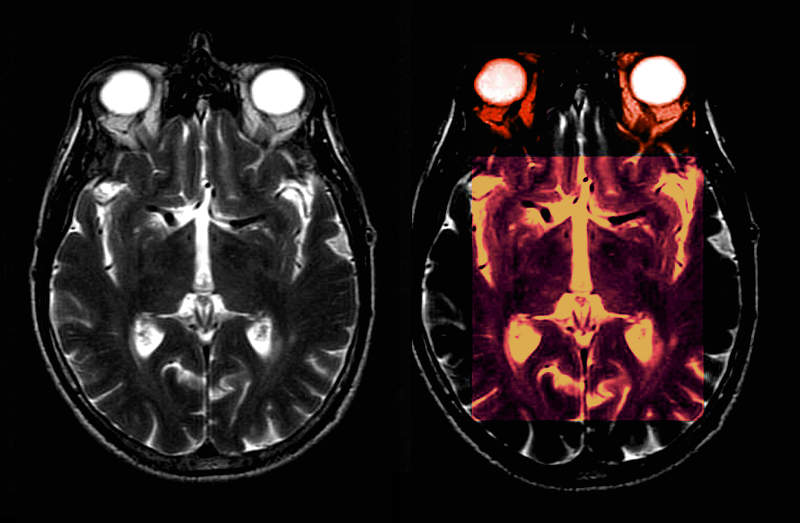Expressive anatomy is the personification of the organs, enabling them to convey their individuality. The artist morphs himself into a red cell in the body and goes on a magical journey, greeting each organ as if it were a person and each cell as if it were the child of the person. From this perspective the red cell understands that the organs and cells are subject to the influences of adrenalin, temperature, cyclical changes of hormones, overwork, and the day to day struggle to survive, thrive and contribute. Therefore they also have feelings that can and should be expressed.
This article describes the experience of the red cell and of other bodily organs, and chronicles the variety of moods, emotions, seasonal changes, bonding, and character traits encountered. The experience is expressed through the use of color, body language (predominantly via the hands and eyes), and sounds.
Red represents fire, blood, passion, courage, heat, and rage. Pink is a feminine color and expresses romance, eroticism, and love. Orange lies somewhere between red and yellow and retains a toned down version of red and a switched up quality of yellow. It is associated with sunshine and health, and when combined with shades of yellows, reds and browns reflects the season of fall (autumn) and Halloween. Yellow has a strong association with the day and sunshine, warmth, flames of a candle, but also of honor and loyalty. On the other hand, when yellow darkens it has negative connotations and expresses decay, cowardice, and jealousy. Bile and jaundice when orange reflect illness, anger, and impulsiveness and when black are associated with melancholy and depression. Green characterizes nature, trees, health, serenity, and harmony but on the negative side particularly in the darker shade shows greed and jealousy. Blue is a favorite color of the artist and exemplifies the sky and water. It is masculine, provides a sense of honesty, calmness, freshness, trustworthiness, and devoutness. Purple is associated with royalty, magnificence, lavishness and wisdom. When light it has the romantic nature of pink, and when dark provides a sense of doom and gloom. White is pure, unsoiled, fresh, cold in the winter, holy, and angelic. It is, however, on the negative side, stark and lonely. Black has many facets. For positives it has authority, formality and sophistication, often with a sense of mystery. It typifies night. On the other hand it is associated with evil, gloom and death.
When colors combine, the characterization added facets that can be expressed. Countries display their essence through the combination of colors and shapes on their flags, and the organs use this ploy as well. Combinations display a season or a holiday: pinks, purples and yellows for the spring, green and blue the summer, yellows and oranges the fall, Halloween and Thanksgiving, white the winter. Red and green provide a feeling of Christmas. Blue and white reflect freshness and purity. Black and white characterizes the complete opposite ends of the spectrum with the love hate relationship.
Cells and organs have an innate morality. The collaboration of the cells as they bond in unification of function is an example of how society should work. They take only what they need and work tirelessly to survive and contribute to the whole. With this innate selfless morality, they also express their individuality. While they are provided freedom of genetic expression, they retain their responsibility to the group. Each is given space to survive and a fixed time to live. “Ask not what the body can do for me” they say, “but what I can do for the whole body”.
The tension of muscles and the way they reflect body language and emotion is a rich source of material for the artist and photographer. The appearance in the eyes mirrors thoughts in the head and emotions in the heart. A wink from a pink uterus says “I am ready.” The red eyes of the angry wild dog in the spine or of the bulldog in the pelvis cries caution “Beware of the Dog – He is Angry.” Providing gender to an organ expresses certain qualities to the organ – wild and enraged, for example, are typically male qualities.
The travelling red cell hears many sounds and rhythms on the journey. The rhythmic pulsations of the circulatory system are different, depending on their side of the circulation. On the systemic venous side they are slow and meandering, the colors are of a blue sky, and the sounds and pace are reminiscent of a kayak or a canoe ride downstream on a calm river. On the systemic arterial side, the rhythm is rapid, extremes of high and low are felt, color is a raging red, and the noise is deafening as if rafting downstream on a wild river. In the lungs the sounds of inspiration and expiration are soft and calming, in the esophagus, the squeeze of peristalsis is relatively rapid but almost like the silent movement of a snake until the eructation (belch) creates a harsh, startling and ugly sound. The stomach churns slowly and quietly, as does the small bowel, and the speed of flow is relaxed. Colonic color is brown and smells distasteful, and movement is a combination of a strong kneading contraction combined with intermittent rushes of peristalsis and the odd sounds created by the release of gases.
The artist has free reign with such a resourceful environment.
